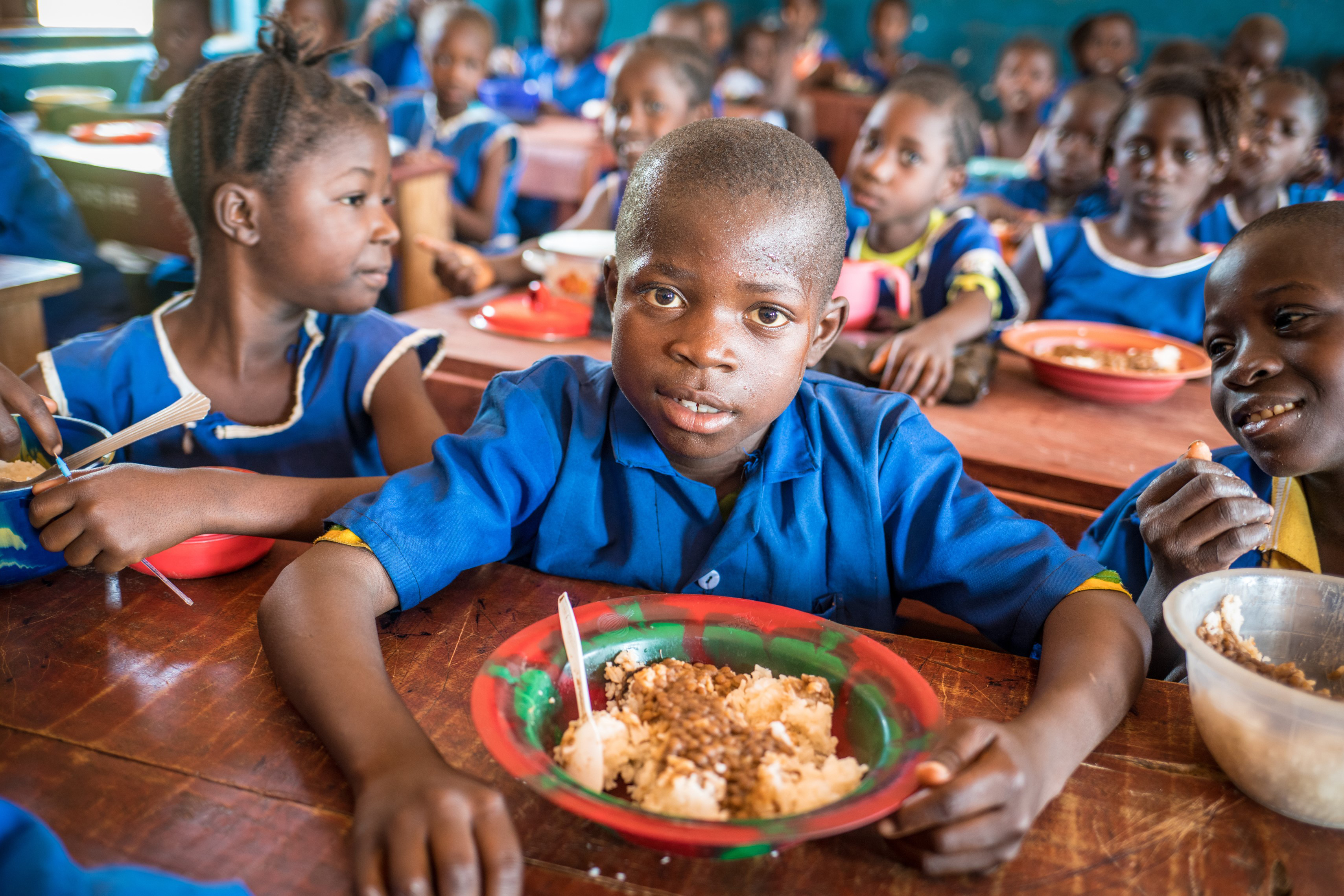 International school feeding programs rely on U.S.-origin fortified rice
International school feeding programs rely on U.S.-origin fortified rice
Mar 07, 2024
WASHINGTON, DC – The Food Aid Consultative Group (FACG) held its biannual meeting here on Tuesday to discuss international food assistance program developments, growing areas of need, and future collaborative efforts.
The FACG is a public-private forum mandated in the Farm Bill to provide a platform for U.S. government agencies to interact with private sector counterparts including private voluntary organizations (PVOs), agricultural trade groups, and maritime interests, on food assistance priorities.
Presentations by the U.S. Agency for International Development (USAID) and the U.S. Department of Agriculture (USDA) provided an overview of the global food security situation and the groups’ respective programs in international humanitarian assistance.
USAID, for example, responded to 76 crises in 64 separate countries in 2023. USDA operated its McGovern-Dole School Feeding program in dozens of countries across Africa, Asia, Central America, and the Caribbean, providing more than 2.5 million school meals and 1.5 million take-home rations to children in need.
USDA announced their priority countries for FY2024 McGovern-Dole awards, which include Angola, Bangladesh, Ethiopia, Guinea Bissau, Laos, Malawi, and Rwanda. Fortified rice will once again be among the most programmed commodities for international school feeding programs in 2024. USAID also highlighted the importance of fortified rice, reporting the now almost exclusive use of fortified rice in Title II emergency feeding programs that call for rice.
In their look ahead to 2024, USDA and USAID both underlined the financial difficulties of decreasing budgets and uncertain funding, all while facing more challenges than ever. Climate shocks such as drought and flooding will no doubt continue in 2024 as human conflicts rage in regions around the world, with expected increasing conflict intensity in East and West Africa, and Haiti, according to USAID.
Also on the agenda was a discussion of the increasing violence in the Red Sea and the subsequent disruptions to shipping channels. Violent attacks against vessels in the region have led to rerouting of many ships, increasing costs, shipping times, and negative environmental impacts. Many food aid shipments pass through the Red Sea en route to their final destinations, and any increase in cost can significantly impact already strained food assistance resources.
USDA briefly touched on the additional $1 billion in Commodity Credit Corporation (CCC) funding that was announced by the agency in October 2023. Details were sparse but the USDA emphasized the importance of these funds in fighting hunger in the coming years. USDA also announced the U.S. Food Aid Showcase on May 2, which will bring together commodity groups, PVOs, and government agencies to discuss their efforts and sample products. USA Rice will be a participant at the showcase.
“The FACG offers a unique opportunity for all sides of the international food assistance network – government, private volunteer organizations, and commodity groups – to come together to discuss recent successes and upcoming challenges,” said Stephanie Grunenfelder, USA Rice food aid consultant. “With continued and growing need around the world, rice looks to have a strong year once again in the fight against hunger and malnutrition.”